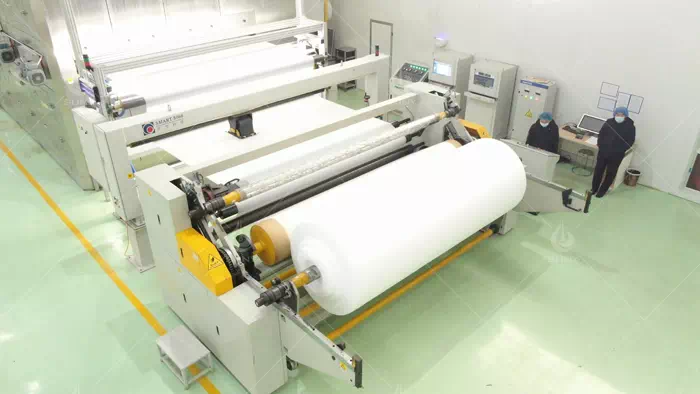What raw materials are needed in the production of wipes?
The production of wipes typically requires a variety of raw materials, depending on the type and purpose of the wipes. Some common raw materials used in the production of wipes include:
Substrate Material:
Nonwoven fabric: This is the primary material used for wipes. It can be made from natural fibers (like cotton or wood pulp) or synthetic fibers (such as polyester or polypropylene).
Paper: Some wipes, especially flushable wipes, use paper as the substrate material.

Cleaning Solution:
Water: Often used as a base for the cleaning solution.
Surfactants: These are agents that help lift dirt and oil from surfaces.
Preservatives: To prevent microbial growth and extend the shelf life of the wipes.
Fragrances: Optional, for adding scents to the wipes.
Other Additives:
Moisturizers: Such as aloe vera or glycerin, to help hydrate the skin.
Alcohol: Sometimes included for its disinfecting properties.
Emollients: Ingredients that soothe and soften the skin.
Vitamins or other skin-beneficial ingredients: Added for skincare purposes.
Packaging Materials:
Plastic packaging: Typically used for packaging wipes in containers or pouches.
Lids or resealable openings: To keep wipes moist and prevent drying out.
Additional Components:
Disinfectants: In the case of disinfecting wipes, antimicrobial agents are included.
Bleach or other cleaning agents: For wipes designed for heavy-duty cleaning or disinfection.
These raw materials are combined in specific formulations and processes to create wipes suitable for various applications, including personal hygiene, baby care, household cleaning, disinfection, and more. Manufacturers may vary in the specific materials and formulations they use based on their product requirements and target markets.

